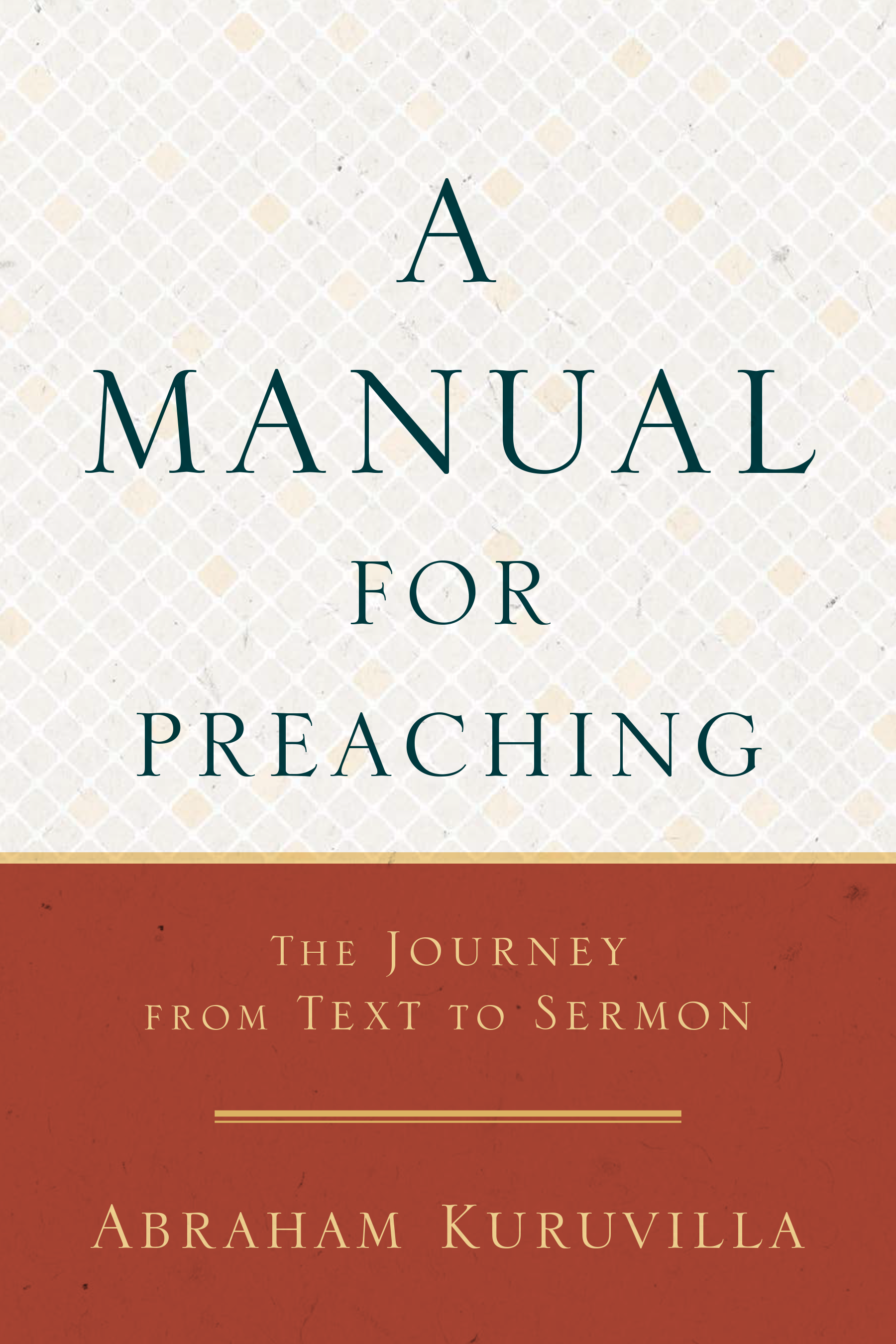Waste!

A few years ago 4,000 British adults ranging in age from 18 to 85 were asked to rank the 100 most important inventions in the world.
The wheel was #1. Understandable. I’d say OK to #3, the lightbulb, and even to #7, penicillin.
#8 was the iPhone! Honestly! Not even Mr. Jobs, himself quite partial to hyperbole, went that far. The eighth most important invention of all time? Outranking the internal combustion engine (#10), laptops (#35), paper (#38), teabags (#54), make-up (#66), WD40 (#79), and the clothes peg (#100). The iPhone!
But it was #9 that caught my attention. The flushing toilet.
And, in case you were wondering, it beat out sliced bread (#70) by a significant margin.
The toilet (or loo, privy, outhouse, john, woodshed, throne, litterbox, nightjar, W.C., etc.—it smells as sweet by any name) has been around for a long time. The management of human waste dates back to the Mesopotamians in the 4th millennium B.C. The Romans took it to a higher level with heated halls, marble seats, and ornamental sculptures. Of course, everyone was sitting together, without any privacy, sometimes even 80 clients being serviced at the same time (a toilet in Syria in the 2nd century).
The current design took many more centuries to come about. The S-trap made its appearance in the 16th and 17th centuries. The flush came about the same time, publicized in a paper by Sir John Harrington, appropriately titled: “A New Discourse of a Stale Subject.” He installed one for his godmother, Queen Elizabeth I, who disliked it because it made too much noise.
[Factoid: One of the leading manufacturers of the device in the 19th century was … Thomas Crapper! (I’m not making this up!)]
The biggest advantage of this flushing business was that it “transformed the human sensory experience of ‘elimination,’ removing much of the tactile and visual interaction” folks had with waste. Water would do the dirty work, transporting everything far away to some remote place where the disposal would be taken care of.
Interestingly enough, there haven’t been any significant innovations in this design for over a century. It still remains, for the most part, the water-hogging and environmentally unfriendly contraption it started off as, consuming over 3,170 gallons per person a year (assuming a modest five flushes a day).
An overhaul is overdue!
Here’s BBC’s Lesley Ogden explaining why it’s been hard to introduce new designs.
Perhaps part of the reason is that any change that makes us urinate or defecate in a new way make the process a little less invisible, desanitising it enough to make us uncomfortable. Today’s loo offers an out-of-sight-out-of-mind experience.”
Would that that were true of all of those things in life that we want to get rid of!
Well, you know what? It’s true!
As far as the east is from the west,
So far has He removed our transgressions from us.
Psalm 103:12
Yes, God took care of them. God! Our waste!
“I, even I, am the one who wipes out your transgressions for My own sake,
And I will not remember your sins.”
Isaiah 43:25
God did. Jesus Christ dying on the cross for our sins paid the price. He took care of the bad stuff, and those who believe in his forgiving work have been declared clean!
What can wash away my sin?
Nothing but the blood of Jesus;
What can make me whole again?
Nothing but the blood of Jesus.
Oh! precious is the flow
That makes me white as snow;
No other fount I know,
Nothing but the blood of Jesus.
Robert Lowry, 1876












 Abe Kuruvilla is the Carl E. Bates Professor of Christian Preaching at The Southern Baptist Theological Seminary (Louisville, KY), and a dermatologist in private practice. His passion is to explore, explain, and exemplify preaching.
Abe Kuruvilla is the Carl E. Bates Professor of Christian Preaching at The Southern Baptist Theological Seminary (Louisville, KY), and a dermatologist in private practice. His passion is to explore, explain, and exemplify preaching.
4 Comments
Did not the apostle Paul refer to the waste of all his previous efforts as stuff only good to be flushed away when compared to the excellency of the knowledge of Christ?
Again, thanks for the spiritual reflections, Dr. Kuruvilla, even though the subject is a little crappy, nonetheless a present daily reality.
Thanks, Luc!
We can come boldly into the throne room and leave our burdens there. Heh.
Nice job, Rodney! Thanks!